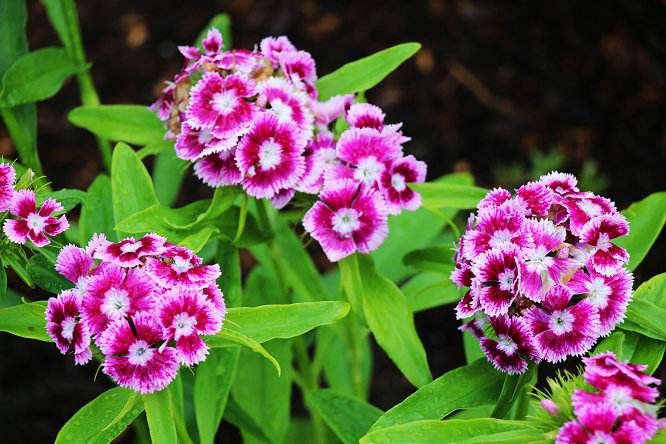Increase the spawning volume of jaundice
In order to get better results, you must breed your own oysters. The jaundice breeding technique is more difficult. In practice, the author explored several key measures to increase the spawning volume of the jaundice.
1. Create a good environment. Plant plants in the pond of yellow peony, such as rice, water lettuce, water peanuts, etc., and put some stones and bricks in the bottom of the pool to simulate the natural ecological environment in order to facilitate spawning by the nymphs.
2. Adjust the water quality level. The breeding pond water must be non-toxic river water, lake water or groundwater, the pH should be between 6.2 and 7.8, the water depth is 20cm to 30cm, and the new pond should be dealkalized.
3. Stocking density should be appropriate. Individuals of A. erinaceus should be moderate, and it is best to choose 100g~150g of Astragalus for spawning and intimacy. The ratio of male to female is 1:3~4, and the stocking density is about 10 per square meter.
4. Feeding feed should be reasonable. During the breeding season of A. japonicus from April to September, feeds with higher protein content, such as fish paste, sorghum, etc., should be fed, along with the full-fledged compound feed of A. sinensis. Sexual mating nymphs, after being fed with high-protein diets, usually spawn for 5 days to 7 days. The eggs are laid on the side of grass or stones. As long as there is a white foam, it is the production of ovary.
5. Master the water temperature. During the spawning season, a pool is patrolled every morning and a white foamy ovary is found. It should be gently transferred to the hatchery and incubated in microfluidic water. After inhalation, the fertilized eggs inflate to about 4mm. The incubation time changes with the temperature of the water, usually 1 day to 7 days. When the water temperature is 25°C, it can be completed in 6 days. After the hatching of the seedlings, the water temperature 28 °C after 10 days, the body up to 26mm, the yolk sac has not completely disappeared; after 7 days to 10 days the yolk sac will be completely finished, began to ingest water plankton, can be appropriate small amount of investment Feed the little otters. After about 35 days, the larvae grow to 5cm~6cm, and they can be placed in feeding ponds, and they must be placed separately.
6. Quantitative feeding. No matter whether it is spawning crickets or young hatchlings, it should be fed regularly. Spawning quail feeding 2 times a day, around 8 o'clock in the morning, around 6 o'clock in the afternoon feeding each time, the amount of each feeding for the total weight of A. erinaceus 2% to 3%. Seedlings are fed once daily between 5 pm and 7 pm.
Spathe carnation (Dianthus barbatus l.) also known as sweet John kam and colorful carnations, ten samples, caryophyllaceae perennial herbs, 30-60 cm tall, erect stems, leaf blade lanceolate, spend majority, integrated heads, petals have long nails, disc ovate, usually red, purple with white stripes, capsule ovoid, oblong, seeds brown, flat oval, and 5-10 months.Must be bract carnation originated from Europe, now our country cultivated for ornament.Must be bract carnation hardy and not resistant to heat, like the sun, high and dry, ventilation, and well drained rich loam.Must be bract carnations can be used in flower beds, flower in the garden, flower terraces or potted, also can be used for rock gardens and the edge of the lawn ornament.

American Dianthus Seeds,Dianthus Seeds,Hybrid Dianthus Seeds,Dianthus Flower Seeds
Ningxia Bornstein Import & Export Co., Ltd , https://www.bornstein-agriculture.com